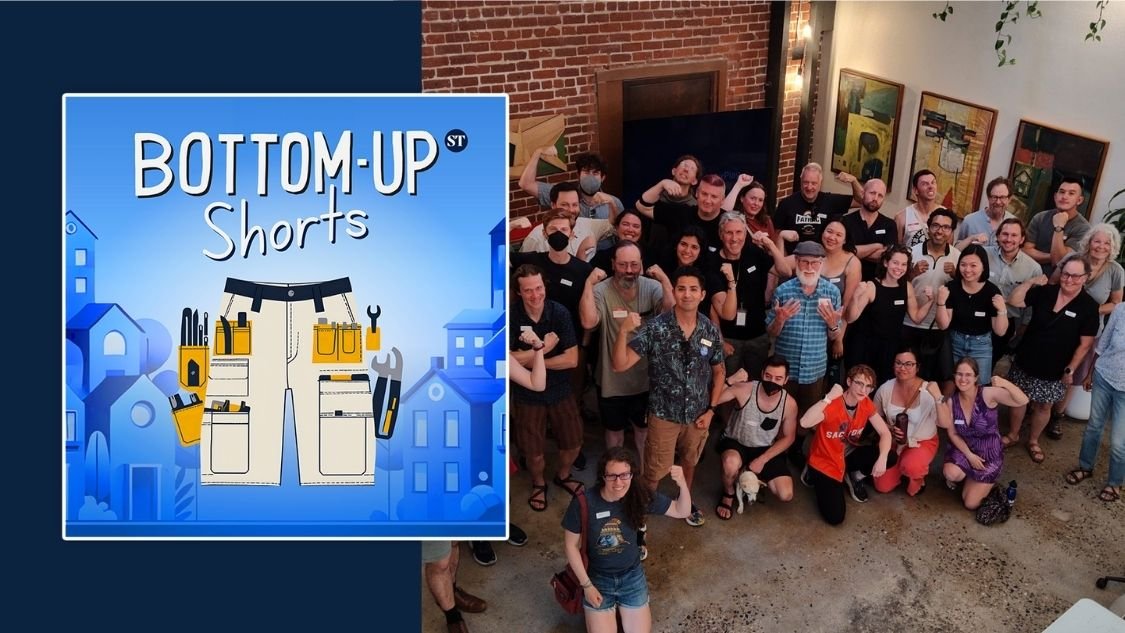8 Grocery Bags, No Car - And One Texas Town’s Transit Journey
It’s easy to overlook the impact our built environment has on our daily lives. When Zach unexpectedly found himself without a car, he started to notice infrastructure affected more than just how long his walks were.
An intersection redesign in Fairbanks, Alaska, proves that road projects are not always improvements—and that DOT priorities are often out of touch with reality.
Bangor, Maine, isn’t holding out for silver bullets. It’s getting to work—clearing the way for more homes in creative, community-minded ways.
Craig Cassar is a first-term city councilor in Hamilton, Ontario. He joins Tiffany to discuss the challenges his city faces and the progress it’s made. They also talk about the importance of synergy between urbanism and environmentalism.
Today, Abby is joined by Bernice Radle, a small-scale developer and historic building preservationist from Buffalo, New York. They discuss how two developing news stories could affect both small-scale developers and historic preservationists.
In 2011, the Rhode Island Department of Transportation decided to do something extremely unusual: It removed an urban highway. Here are three lessons to learn from their success.
As Norwalk navigates a housing crisis, one thing is clear: the path forward isn’t scale for scale’s sake—it’s building smarter, more affordably, and with the community in mind.
Jesse Russell is a small-scale developer from Bend, Oregon. He joins Norm to discuss the ways he’s helping create more attainable homes in his hometown. (Transcript included.)
Chuck sits down with Ryan Johnson, the founder of Culdesac Tempe, the first car-free neighborhood built from scratch in the U.S. They discuss the realities of living in and developing a community like Culdesac.
A couple of weeks ago, Chuck did a Q&A about how the book “Abundance” differs from the Strong Towns approach. There were some good questions, so we’ve consolidated his answers here.
While urban planning can sound boring, how we choose to live is as fundamental a question as exists.
Eric Higbee is a landscape architect who teaches university courses on community engagement and works on community design and planning projects through his award-winning landscape architecture practice.
Student journalist William Donofrio is part of a growing group of changemakers who are noticing, documenting, and sharing the struggles their places face.
There is nothing radical or reckless about letting your child cross the street. So why are parents across the country facing criminal charges for doing just that?
How did one of the most dangerous streets in Rhode Island turn into a safe and comfortable place for people to walk, bike, and shop? It’s all about community and local context.
Harrisonburg skipped the renderings and went straight to the street—using a live demo to calm traffic and earn back trust.























Until we have a credible plan for maintaining our existing transportation infrastructure, we must stop building more roads and bridges. Period.